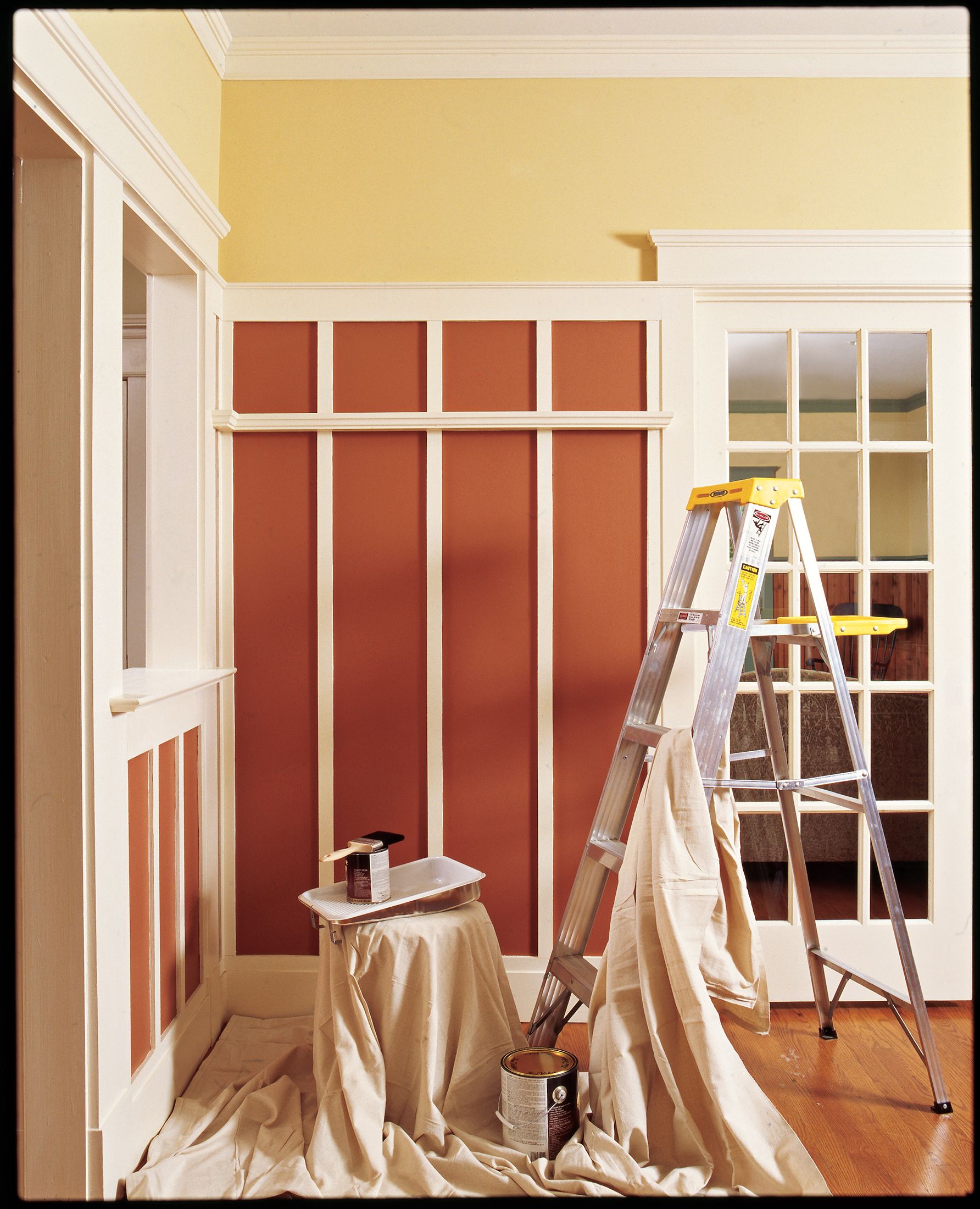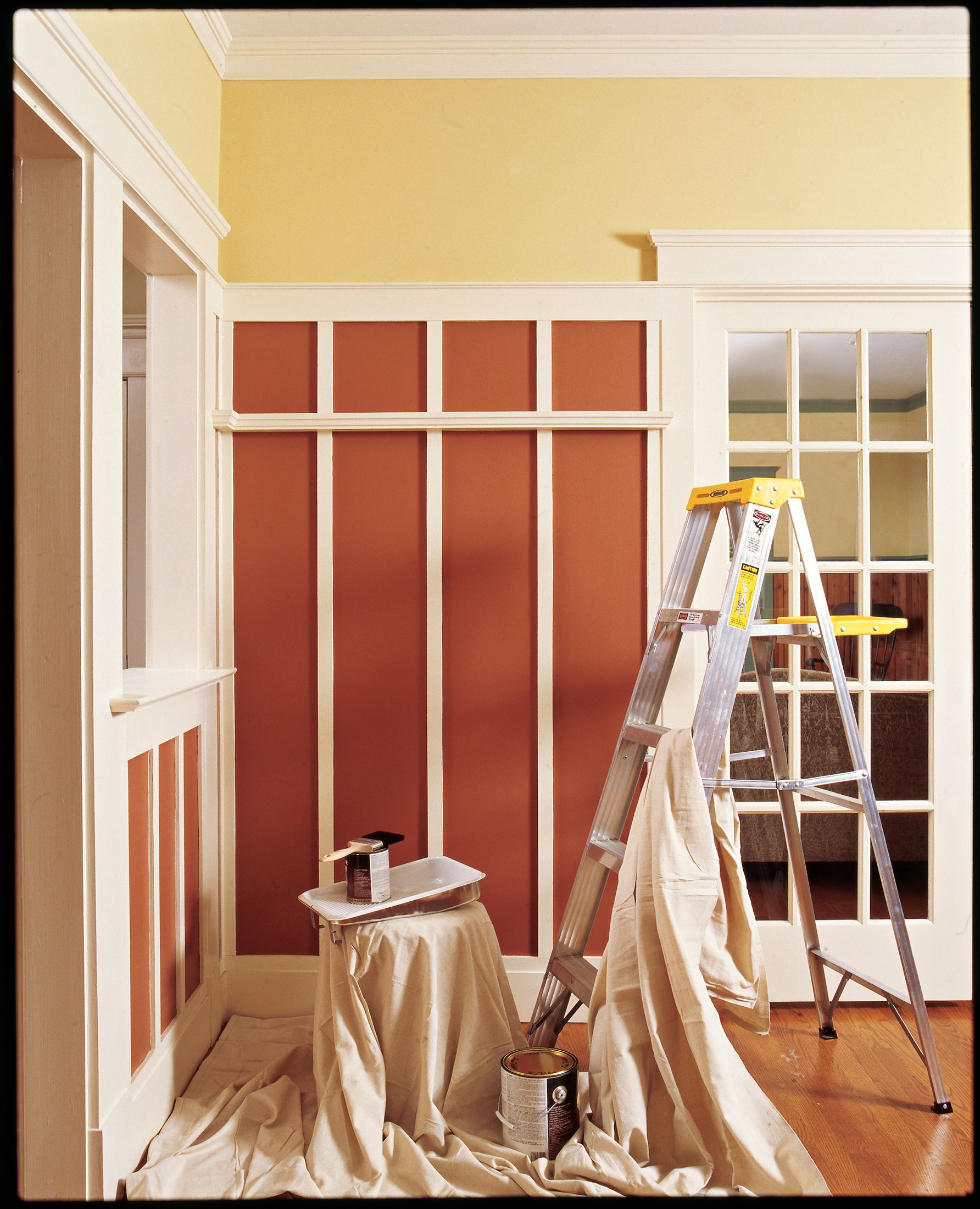
Interior paint is a powerful tool for transforming the look and feel of your home. From enhancing ambiance to protecting surfaces, the right paint can make a huge impact. This guide will explore everything you need to know about interior paint, from its composition to application techniques and long-term maintenance.
Understanding Interior Paint Composition
Interior paints are sophisticated mixtures designed to provide durability, color, and protection.
Key Ingredients in Paint
Modern interior paint consists of several components:
- Additives: Substances that enhance performance, such as mildew resistance.
- Binders: Resins that hold the pigment in place and adhere to surfaces.
- Pigments: These provide color and opacity.
- Solvents: Liquids that keep the paint in a fluid state until applied.
The Role of VOCs in Paint
Volatile Organic Compounds (VOCs) are chemicals that evaporate at room temperature, potentially causing health issues and environmental concerns. Many modern paints are formulated with low or zero VOCs to address these concerns.
Low-VOC paints typically contain less than 50 grams of VOCs per liter for flat finishes and 100 grams for non-flat finishes. Zero-VOC paints have less than 5 grams per liter. When choosing paint, consider these levels for a healthier indoor environment.
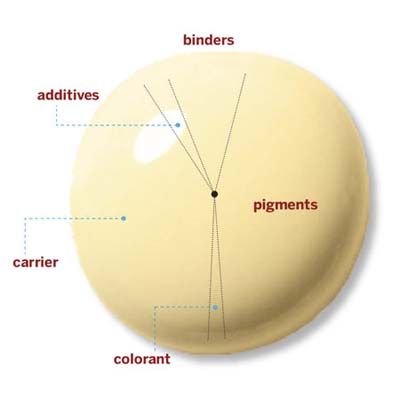
Choosing the Right Paint for Your Home
Selecting the appropriate paint involves considering various factors for the best results for your specific needs.
Factors to Consider When Selecting Paint
- Existing decor: Choose colors that complement your furnishings and overall design.
- Lighting: Natural and artificial light can affect how colors appear.
- Moisture levels: Bathrooms and kitchens may benefit from mold-resistant formulas.
- Room function: High-traffic areas may require more durable finishes.
- Surface condition: Some paints are better at hiding imperfections than others.
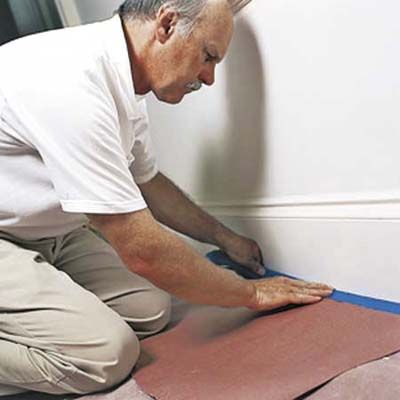
Comparing Paint Quality Levels
Paint quality varies, which affects coverage, durability, and overall appearance. Here’s a comparison of different quality levels using Sherwin-Williams products as an example:

Good: Classic 99 (about $30 per gallon)
Here’s some information about what makes this option a good interior paint:
- Vinyl acrylic resin
- 12% titanium dioxide, 5% calcium carbonate
- Basic stain resistance

Better: Superpaint (about $37 per gallon)
Below is what makes this paint better than the Classic 99:
- Vinyl acrylic resin
- 18% titanium dioxide, 7% calcium carbonate
- Improved stain and burnish resistance
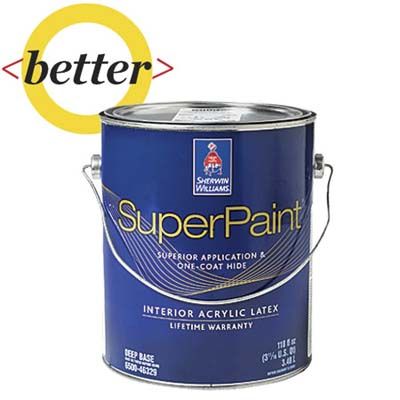
Best: Duration Home (about $45 per gallon)
Here is what makes this option the best:
- Styrene acrylic resin
- 23% titanium dioxide
- Superior durability and washability
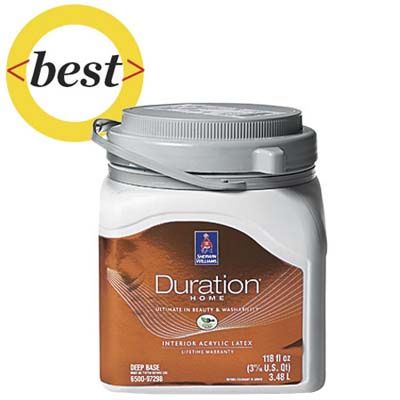
Interior Paint Finishes and Their Uses
The finish of your paint affects both its appearance and functionality. Different finishes are suited to various areas of your home.
Flat and Matte Finishes
Flat and matte finishes have minimal sheen and are excellent at hiding surface imperfections. They’re ideal for:
- Bedrooms
- Ceilings
- Dining rooms
- Living rooms
Eggshell and Satin Finishes
Eggshell and satin finishes offer a slight sheen, providing a balance between flat and glossy options. These finishes are more durable than flat paints and easier to clean, making them suitable for moderate-traffic areas. They work well in:
- Children’s bedrooms
- Family rooms
- Hallways
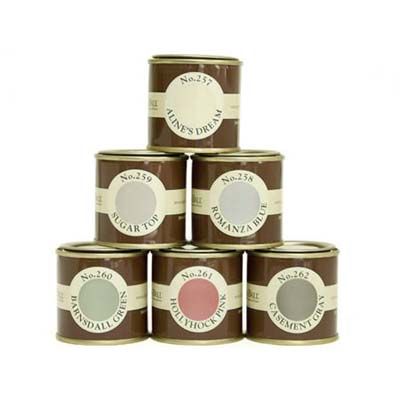
Semi-Gloss and Gloss Finishes
Semi-gloss and gloss finishes have a high sheen and are the most durable. These finishes are highly washable and moisture-resistant but can highlight surface imperfections. They’re best for:
- Bathrooms
- Doors
- Kitchens
- Trim and moldings
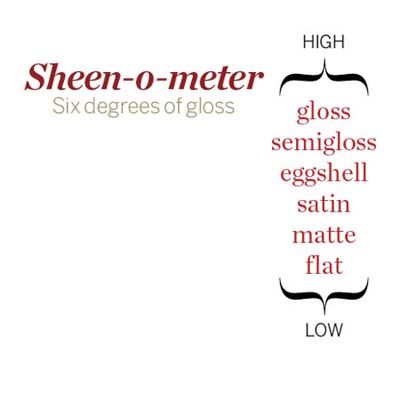
The Impact of Color on Interior Spaces
Color plays a major role in setting the mood and atmosphere of a room. Understanding color psychology can help you make informed choices for your home.
Color Psychology in Home Design
Different colors can evoke various emotions and perceptions:
- Blue: Calming and serene, ideal for bedrooms and bathrooms
- Green: Refreshing and balanced, great for living areas
- Neutral tones: Versatile and timeless, providing a backdrop for other design elements
- Red: Stimulating and passionate, best used as an accent color
- Yellow: Energetic and cheerful, suitable for kitchens and dining rooms
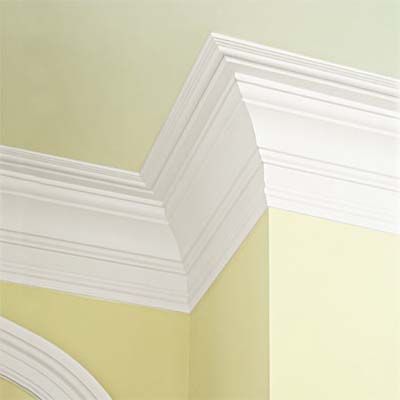
Trending Interior Paint Colors
Paint color is a personal preference, but there are some lasting trends to consider:
- Bold accents: Deep jewel tones for feature walls or small spaces
- Crisp whites: Clean, bright whites for a fresh, modern look
- Earthy tones: Warm browns, terracottas, and sage greens
- Soft pastels: Muted pinks, blues, and lavenders

Eco-Friendly and Low-VOC Paint Options
As awareness of environmental and health concerns grows, many homeowners are opting for eco-friendly paint options.
Benefits of Green Paint Choices
Eco-friendly paints offer several advantages:
- Comparable performance to traditional paints
- Improved indoor air quality
- Lower odor during and after application
- Reduced environmental impact
- Safer for people with sensitivities or allergies
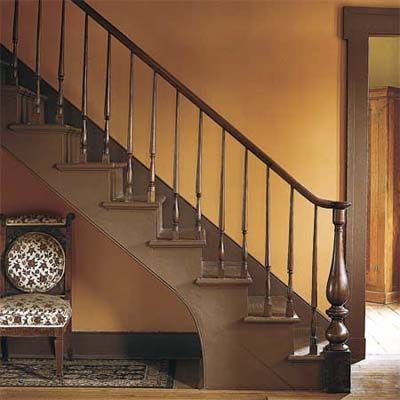
Top Eco-Friendly Paint Brands
When choosing an eco-friendly paint, look for third-party certifications such as Green Seal or GREENGUARD to make sure the product meets strict environmental standards. Several brands have established themselves as leaders in eco-friendly paint:
- Behr Premium Plus: Low VOC, GREENGUARD Gold certified
- Benjamin Moore Natura: Zero VOC, asthma and allergy-friendly certified
- Farrow & Ball: Low VOC, water-based formulas
- Sherwin-Williams Harmony: Zero VOC, odor-eliminating technology
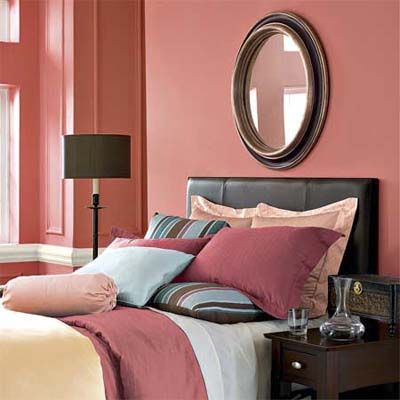
Proper Techniques for Interior Painting
Achieving a professional-looking paint job requires the right tools and techniques. Learning how to paint a room can save you money and give you a sense of accomplishment.
Tools for Painting
Gather these tools before starting your painting project:
- Drop cloths
- Ladder or step stool
- Paint rollers and brushes
- Painter’s tape
- Paint trays
- Putty knife
- Sandpaper

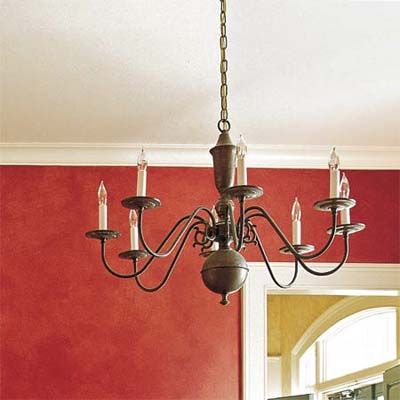
Step-by-Step Painting Process
Follow these steps for a successful paint job:
- Prepare the room by removing furniture and covering the floors
- Clean walls and repair any damages
- Apply painter’s tape to trim and edges
- Prime the walls if necessary
- Cut in around the edges with a brush
- Use a paint roller for large areas
- Apply a second coat after the first has dried
- Remove tape and clean up
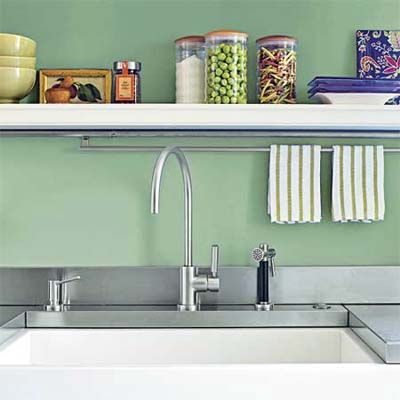
Maintaining and Cleaning Painted Surfaces
Proper maintenance can extend the life of your paint job and keep your walls looking fresh.
Tips for Extending Paint Longevity
- Address moisture issues promptly to prevent peeling
- Control humidity levels in your home
- Use gentle cleaning methods to avoid damaging the paint
- Touch up small areas as needed to prevent larger problems
Cleaning Different Paint Finishes
- Eggshell and satin: Clean with mild soap and water, rinse thoroughly
- Flat and matte: Use a soft, damp cloth and avoid scrubbing
- Semi-gloss and gloss: Can withstand more vigorous cleaning with all-purpose cleaners
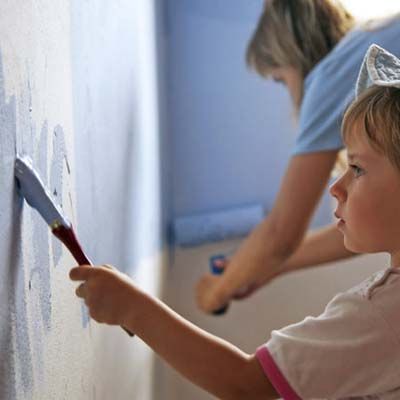
Common Interior Painting Mistakes to Avoid
Being aware of common pitfalls can help you achieve better results in your painting projects.
Preparation Errors
Below are some common errors that happen during preparation:
- Failing to protect non-painted surfaces
- Not using primer when needed
- Skipping surface preparation
Application Blunders
Here are some problems that occur during application:
- Applying paint too thickly
- Not allowing adequate drying time between coats
- Using the wrong tools for the job
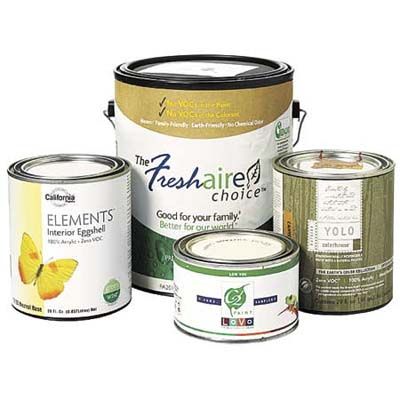
Specialty Paints and Finishes
For unique effects or specific needs, consider specialty paints and finishes.
Textured and Faux Finish Paints
These paints can add depth and interest to your walls:
- Metallic paints
- Suede or leather-look finishes
- Venetian plaster
Chalk and Milk Paints
These paints offer a unique, matte finish and are popular for furniture and vintage-style decor:
- Chalk paint: Adheres well to most surfaces without primer
- Milk paint: Non-toxic, often used for a distressed look
Cost Considerations for Interior Painting
Understanding the factors that influence paint costs can help you budget effectively for your project.
Factors Affecting Paint Prices
Here are the major factors that influence an interior paint’s price:
- Brand reputation
- Eco-friendly certifications
- Quality of ingredients
- Specialty features (such as mold resistance or one-coat coverage)
Budgeting for Your Painting Project
To estimate your project cost:
- Calculate the square footage to be painted
- Determine the number of coats needed
- Factor in the cost of tools and supplies
- Consider hiring professionals for complex jobs
Budget $200–$300 for a DIY project for a single room, or $250–$850 for professional painting services.*
*Cost information based on 2024 reports from Angi and HomeAdvisor.
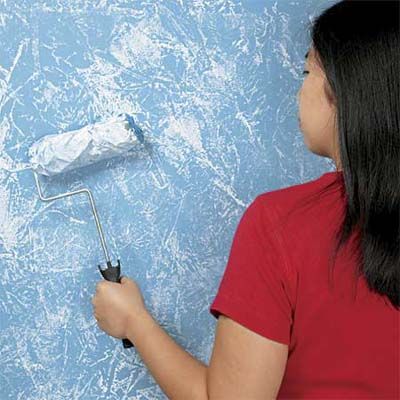
Our Conclusion
Interior paint is a versatile and powerful tool for home improvement. By understanding paint composition, choosing the right type and finish, and applying proper techniques, you can transform your living spaces effectively and efficiently.
